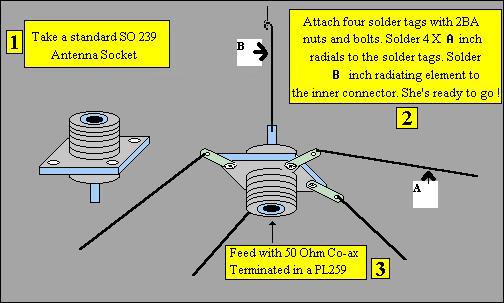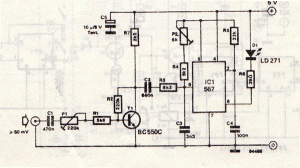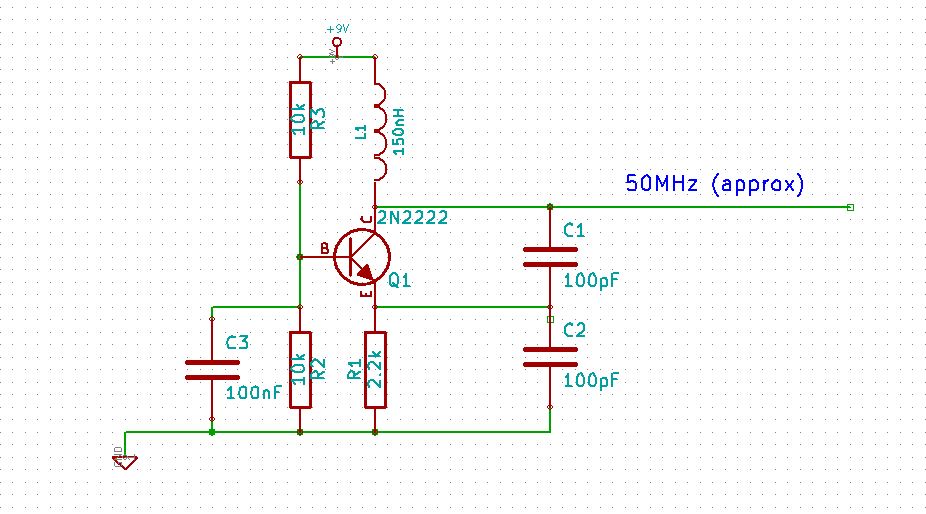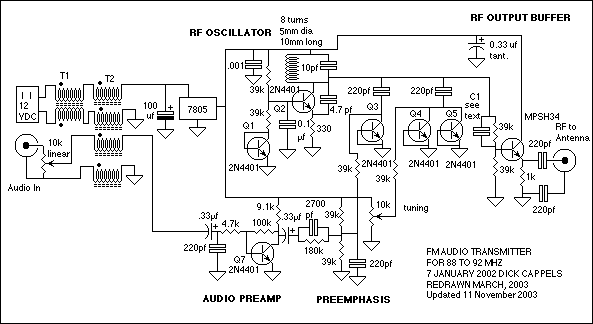
fm transmitter 88 108mhz ic
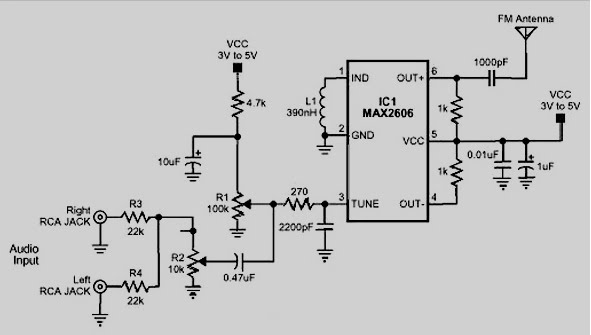
The MAX2605 and MAX2609 are compact, high-performance intermediate frequency (IF) voltage-controlled oscillators (VCOs) specifically designed for demanding portable wireless communication systems. They feature a monolithic construction with low noise and low operating power consumption, housed in a small 6-pin SOT23 package. These low-noise VCOs include on-chip varactor and feedback capacitors, eliminating the need for external adjustment elements, making the MAX2605 and MAX2609 ideal for portable systems. Only an external coil is required to establish the frequency of oscillation. Additionally, an integrated differential output buffer is provided for driving a mixer or prescaler. This output buffer is capable of delivering up to -8 dBm (differential) with a simple power gain and provides isolation from load impedance variations. The MAX2605 and MAX2609 operate from a single supply voltage of 2.7 V to 5.5 V, ensuring low power consumption. These oscillators can cover a frequency range from 45 MHz to 650 MHz.
The MAX2605 and MAX2609 voltage-controlled oscillators are engineered for high performance in compact, low-power applications, making them suitable for a variety of portable wireless communication devices. The integrated design minimizes the component count and board space, which is critical in mobile applications where size and efficiency are paramount. The use of on-chip varactors and feedback capacitors not only simplifies the circuit design but also enhances reliability by reducing the number of external components that can introduce variability and noise.
The external coil, which is the only required external component, can be easily selected or designed to achieve the desired frequency of oscillation within the specified range. The ability to cover frequencies from 45 MHz to 650 MHz allows these VCOs to be used in a wide array of applications, including but not limited to, RF transceivers, frequency synthesizers, and local oscillators in communication systems.
The integrated differential output buffer is a notable feature, providing a robust signal that can drive subsequent stages like mixers or prescalers without significant loss of signal integrity. The capability to output up to -8 dBm ensures compatibility with various RF components, while the isolation from load impedance variations enhances the overall stability of the oscillator circuit.
Operating from a single power supply of 2.7 V to 5.5 V, the MAX2605 and MAX2609 are designed to maintain low power consumption, making them ideal for battery-operated devices. This efficiency not only prolongs battery life but also reduces the thermal footprint of the device, contributing to overall system reliability.
In summary, the MAX2605 and MAX2609 VCOs represent an advanced solution for portable wireless communication systems, combining high performance, compact design, and low power consumption, making them indispensable components in modern electronic circuit designs.The MAX2605, MAX2609 are compact, high performance intermediate frequency (IF) voltage-controlled oscillator (VCO) designed specifically for demanding portable wireless communication systems. They combine monolithic construction with low noise, low operating power consumption of a small 6-pin SOT23 package.
Low-noise VCO, a feature on-chip varacto r and feedback capacitors that eliminate the need for external adjustment elements, so the ideal MAX2605, MAX2609 for portable systems. Only an external coil is needed to establish the frequency of oscillation. In addition, a buffer integrated differential output is provided for driving a mixer or prescaler. The output buffer is capable of providing up-8dBm (differential) with a simple power game. It also provides isolation from load impedance variations. The MAX2605, MAX2609 operate from a single 2. 7 V to 5. 5 V supply and provides low power consumption. IF these oscillators can cover the frequency range of 45MHz to 650MHz. 🔗 External reference
The MAX2605 and MAX2609 voltage-controlled oscillators are engineered for high performance in compact, low-power applications, making them suitable for a variety of portable wireless communication devices. The integrated design minimizes the component count and board space, which is critical in mobile applications where size and efficiency are paramount. The use of on-chip varactors and feedback capacitors not only simplifies the circuit design but also enhances reliability by reducing the number of external components that can introduce variability and noise.
The external coil, which is the only required external component, can be easily selected or designed to achieve the desired frequency of oscillation within the specified range. The ability to cover frequencies from 45 MHz to 650 MHz allows these VCOs to be used in a wide array of applications, including but not limited to, RF transceivers, frequency synthesizers, and local oscillators in communication systems.
The integrated differential output buffer is a notable feature, providing a robust signal that can drive subsequent stages like mixers or prescalers without significant loss of signal integrity. The capability to output up to -8 dBm ensures compatibility with various RF components, while the isolation from load impedance variations enhances the overall stability of the oscillator circuit.
Operating from a single power supply of 2.7 V to 5.5 V, the MAX2605 and MAX2609 are designed to maintain low power consumption, making them ideal for battery-operated devices. This efficiency not only prolongs battery life but also reduces the thermal footprint of the device, contributing to overall system reliability.
In summary, the MAX2605 and MAX2609 VCOs represent an advanced solution for portable wireless communication systems, combining high performance, compact design, and low power consumption, making them indispensable components in modern electronic circuit designs.The MAX2605, MAX2609 are compact, high performance intermediate frequency (IF) voltage-controlled oscillator (VCO) designed specifically for demanding portable wireless communication systems. They combine monolithic construction with low noise, low operating power consumption of a small 6-pin SOT23 package.
Low-noise VCO, a feature on-chip varacto r and feedback capacitors that eliminate the need for external adjustment elements, so the ideal MAX2605, MAX2609 for portable systems. Only an external coil is needed to establish the frequency of oscillation. In addition, a buffer integrated differential output is provided for driving a mixer or prescaler. The output buffer is capable of providing up-8dBm (differential) with a simple power game. It also provides isolation from load impedance variations. The MAX2605, MAX2609 operate from a single 2. 7 V to 5. 5 V supply and provides low power consumption. IF these oscillators can cover the frequency range of 45MHz to 650MHz. 🔗 External reference
Warning: include(partials/cookie-banner.php): Failed to open stream: Permission denied in /var/www/html/nextgr/view-circuit.php on line 713
Warning: include(): Failed opening 'partials/cookie-banner.php' for inclusion (include_path='.:/usr/share/php') in /var/www/html/nextgr/view-circuit.php on line 713
